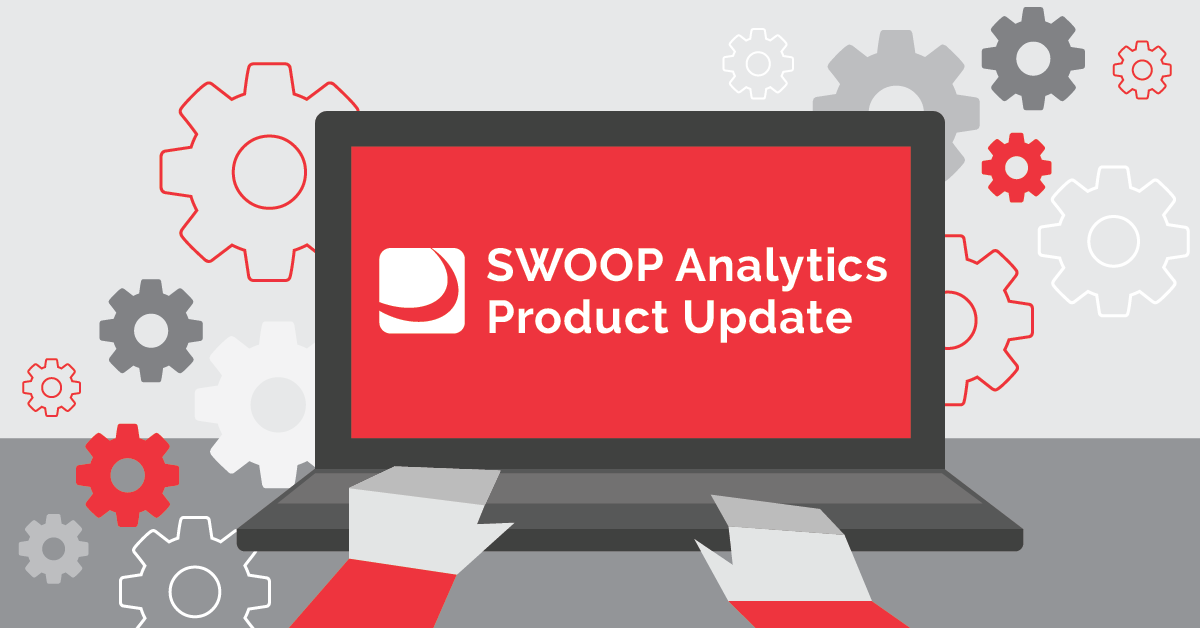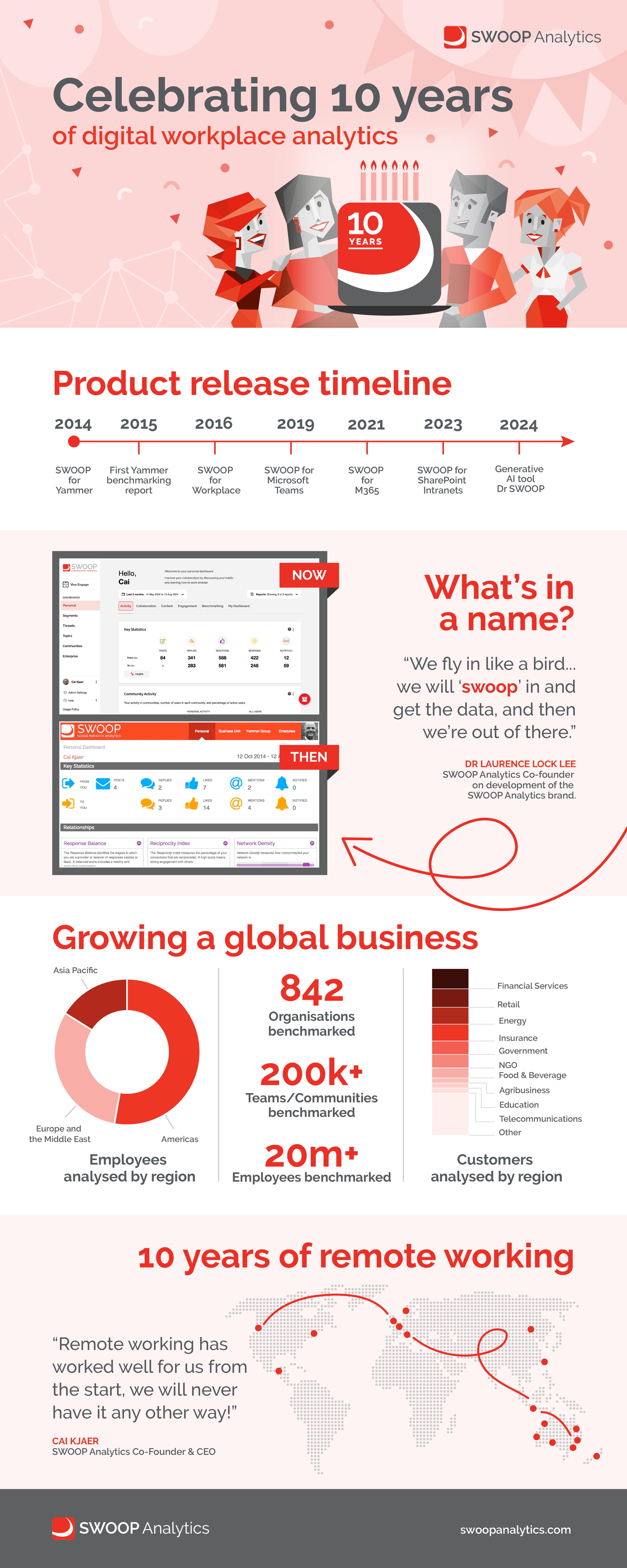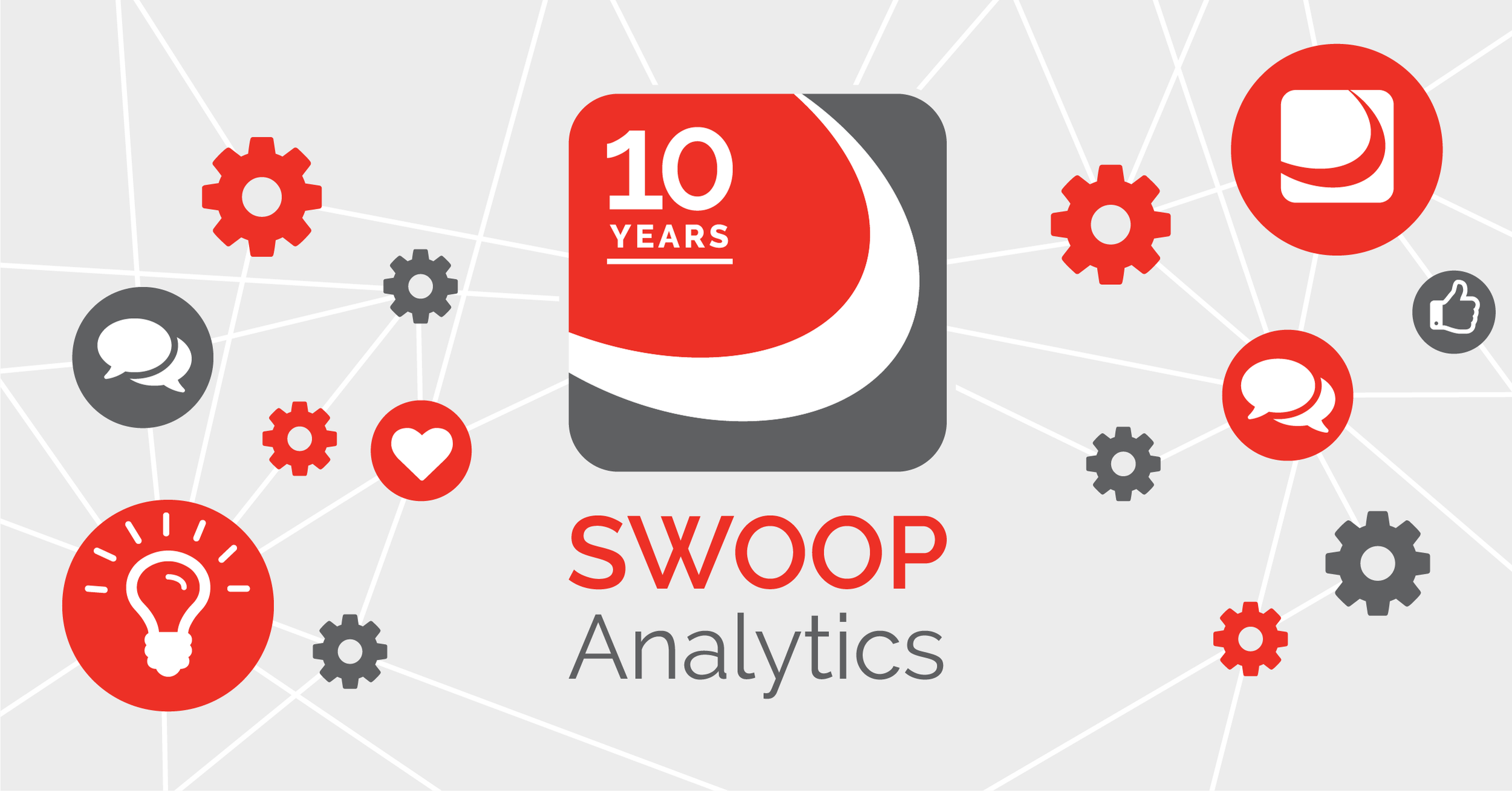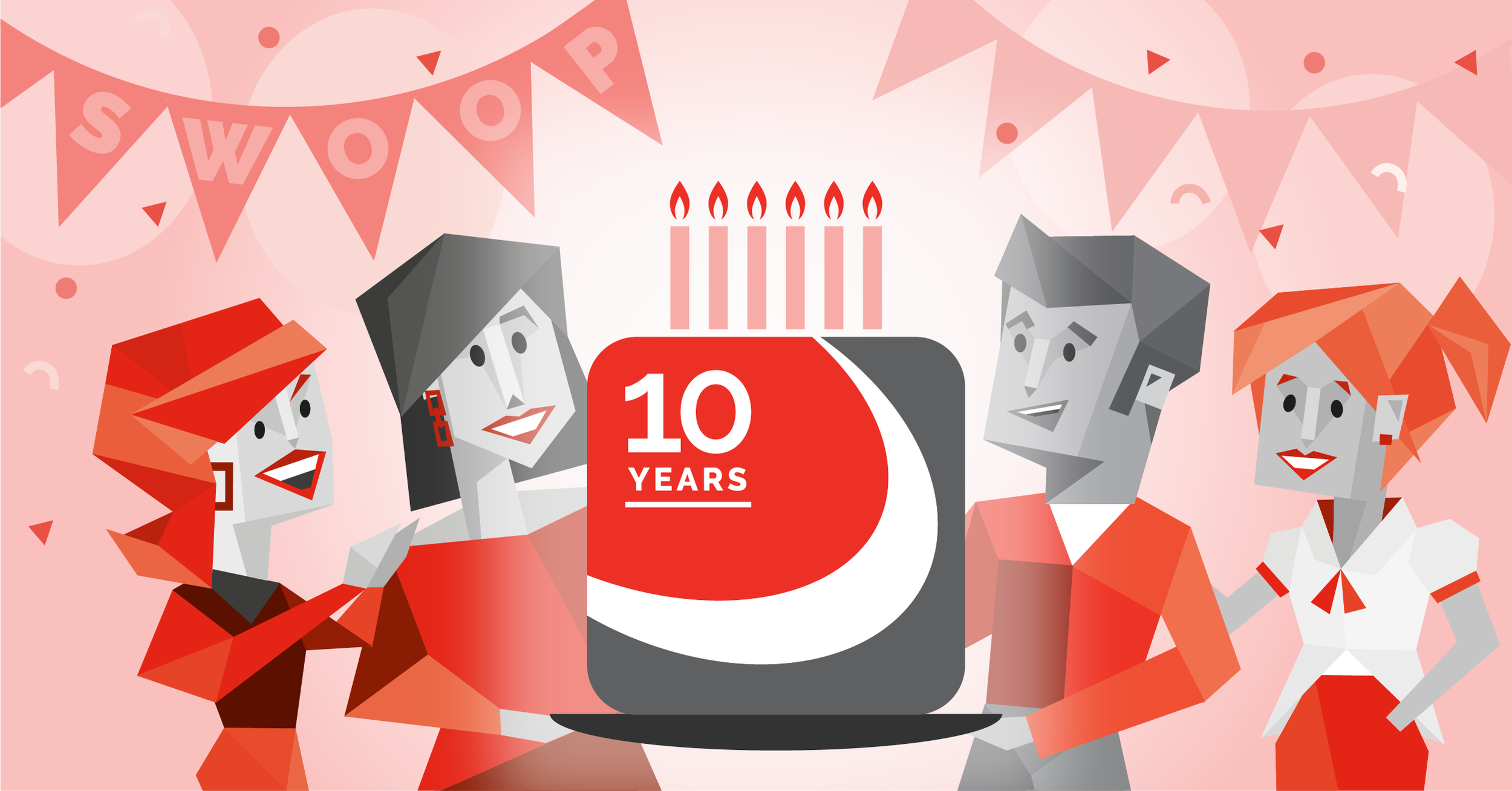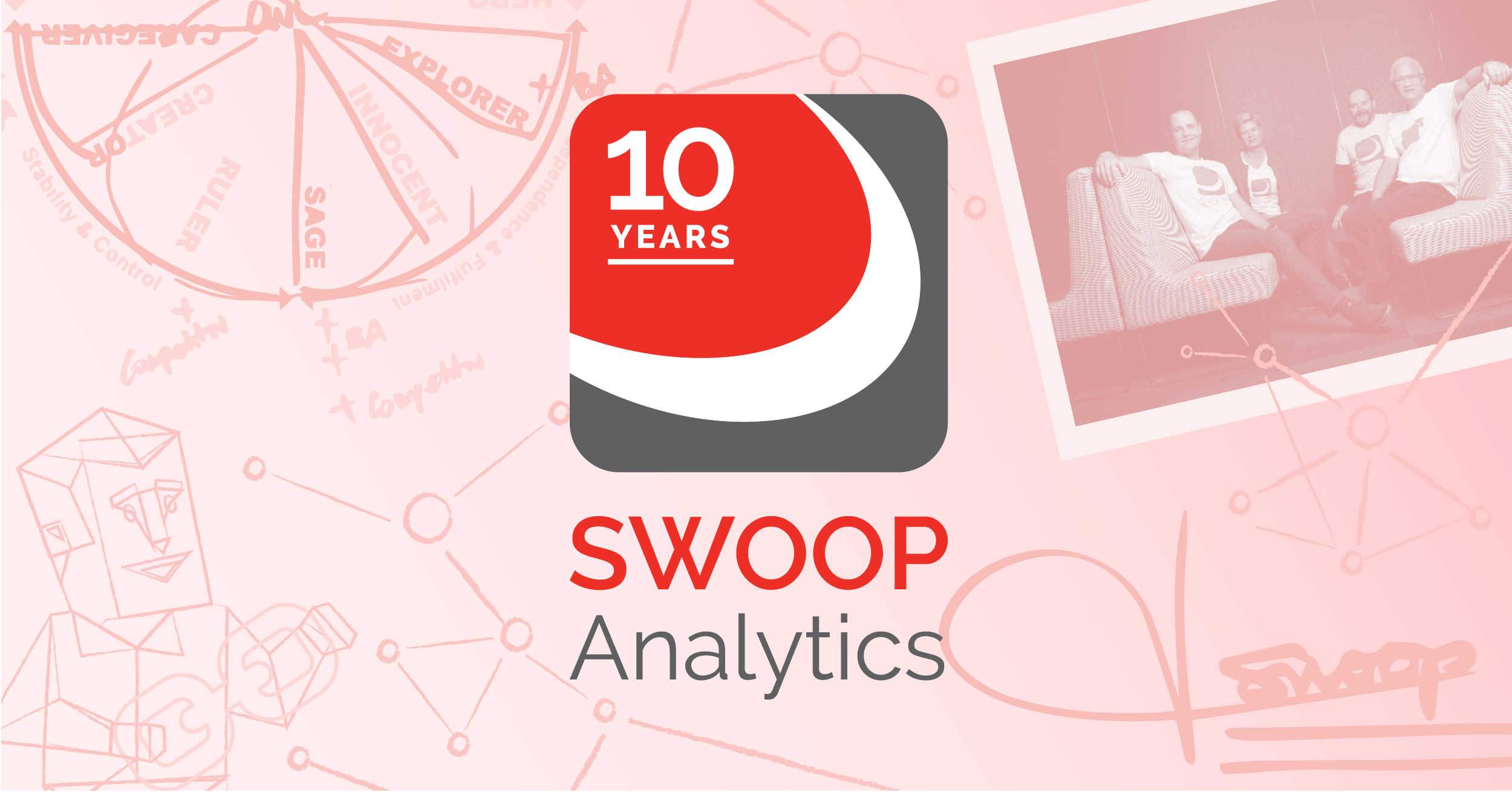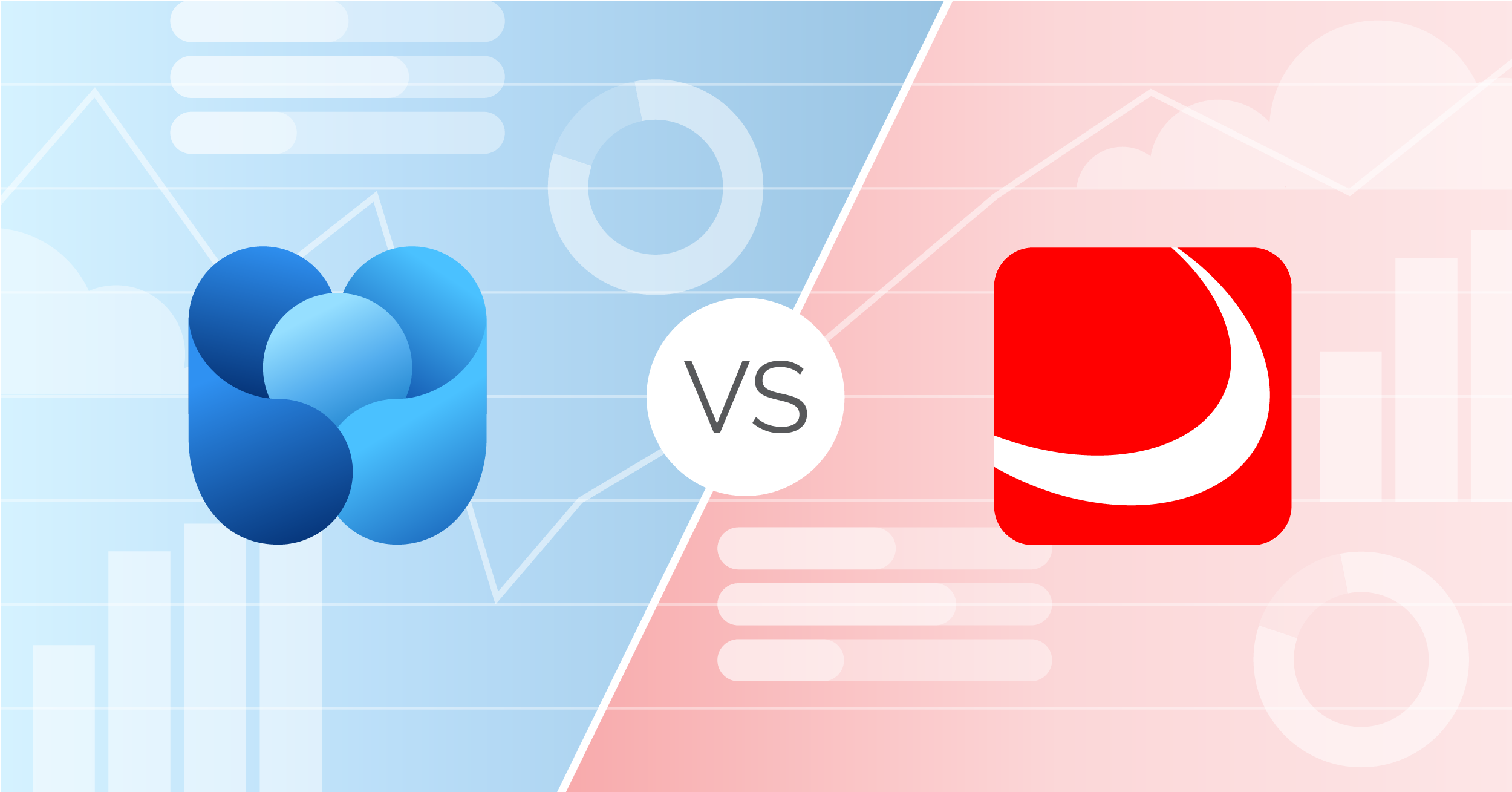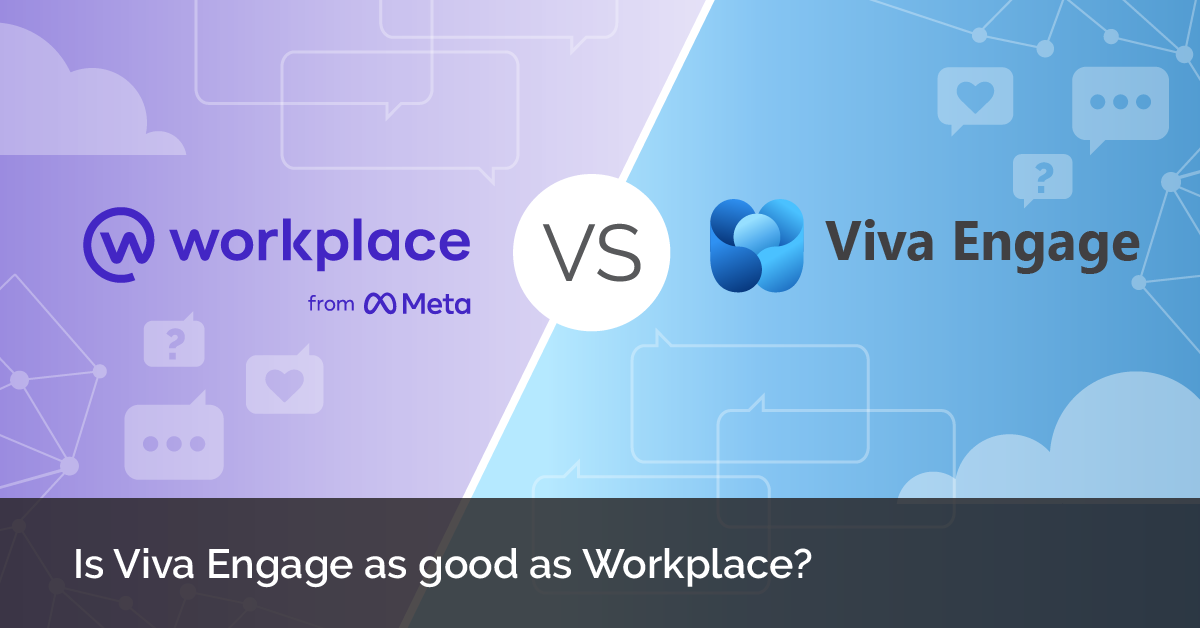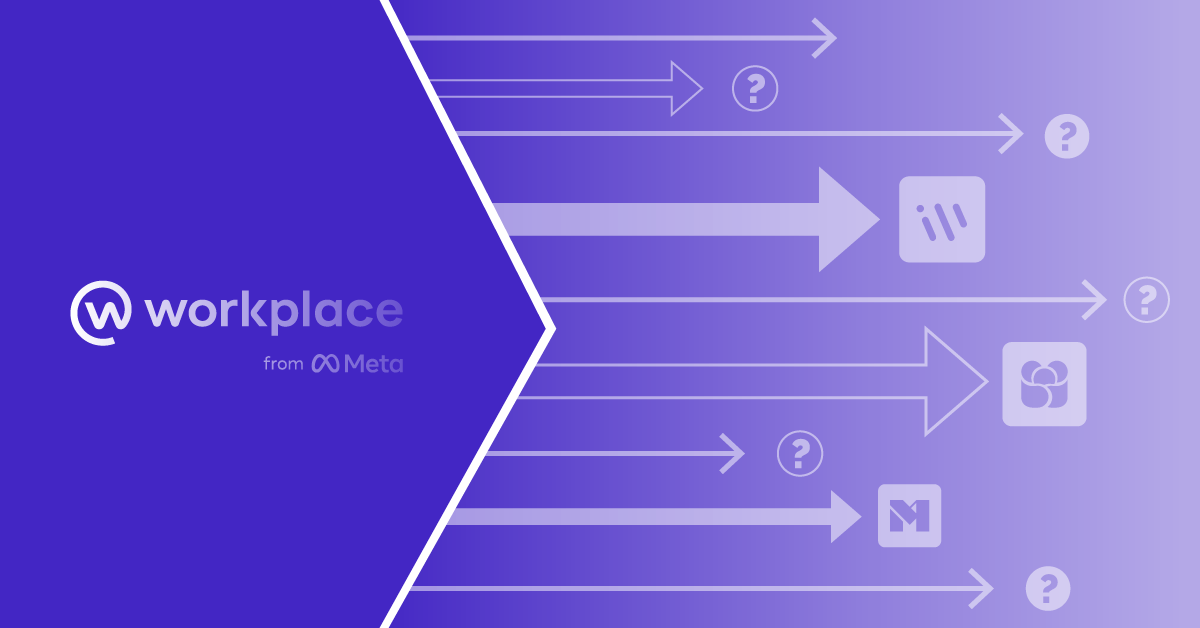
SWOOP Blog
Latest Articles
Blog Archive

Knowing-Doing Gap
In this post we continue to explore how we might better engage the “Long Tail” participants in our Enterprise Social Networking (ESN) communities. In 2000 Jeffey Pfeffer and Robert Sutton published their book entitled the “Knowing-Doing Gap: How Smart Companies Turn Knowledge into Action” . Its publication was timely for many of us working in Knowledge Management programs at the time as it reinforced to us that knowledge sharing alone is not enough. What they found in their research was that there were many under-performing companies who really didn’t have a knowledge problem. Their problem was more with actioning what they knew. For example, they talk about organisations who have a culture of fear, where staff were reluctant to take actions unless they were 100% sure of a positive outcome. A summary of their recommendations can be found in this FastCompany interview. In essence the authors recommend prioritising “action over words”. At times this may mean taking actions that could be considered ill-prepared for. However, they use the examples of Bill Gross’ Idea Lab and Thomas Edison’s Labs of learning environments, where ‘safe’ actions can be taken in the spirit of experimentation and learning, thereby generating tangible value for the organisation. In other words, “stop thinking about it and just try something!”.

Tyranny of the ‘Long Tail’
The advent of Internet-enabled e-commerce brought an increased focus on ‘Long Tail’ distributions. Internet organisations like Amazon are able to exploit their low marginal costs by selling low volumes to the Long Tail of buyers with unique non-mainstream needs.

Need to convince someone? Bring Data (and a good story)
As Daniel Pink suggests “to sell is human”. Even if we do not have a formal ‘selling’ role we are always looking to ‘sell’ someone on our point of view, our recommendations, our need for their help etc.. As data analysts we live and breathe data every day, whether we are looking to develop some new insights, prove a case or simply explore possibilities. In the end we are doing it to influence someone or some group. In these days of ‘evidence based decision-making’ I am wary that one person’s ‘evidence’ is another person’s ‘garbage’. You don’t have to look much further than climate change sceptics to appreciate that. I was therefore intrigued when I came across Shawn Callahan’s recent blog post on “The role of stories in data storytelling”. Shawn talks about the use of ‘story’ before, during and after data analysis.

It's Time to Disrupt Enterprise Business Intelligence Systems
I recently had a pleasurable discussion with a Dutch gentleman who had decided to take a sea change. He had recently sold his business that had been in his family for three generations. The business manufactured simple concrete collars for reinforcing bars. It had withstood the challenge of plastic substitutes and is still a healthy business today.

How can you tell if your Enterprise Network is Innovative?
One of the most commonly stated objectives for establishing online enterprise social networks (ESN) is to facilitate greater levels of innovation. But how do we know if we are being more innovative or not? One way is to wait to see what sorts of tangible outputs emerge from the cross enterprise communities within the network. This may result in some good individual cases, perhaps enough to claim an increase innovation capability. More likely these may be seen as random outcomes if the organisation doesn’t ‘feel’ like its being more innovative. In a recent article on behaviours that can create an innovation culture, Rob Shelton identifies five key behaviours that can lead to creating an innovating culture. The behaviours were: broad based collaboration, measuring and rewarding intrapreneurs, emphasising speed and agility, thinking like a venture capitalist and balancing operational excellence and innovation.
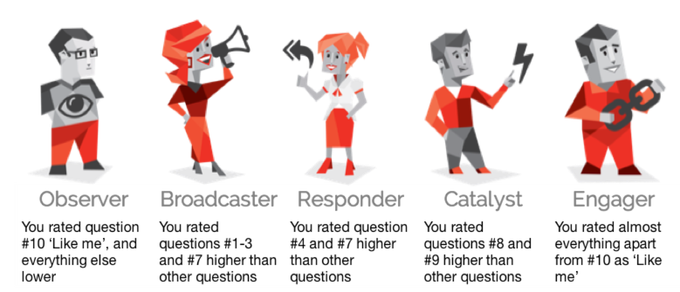
Seeing How You Work, Changes How You Work - What's Your Online Persona?
Our SWOOP Personas are having a much bigger impact than I expected. For a quick summary of the five personas see our previous posts: Observer, Broadcaster, Responder, Catalyst and Engager. In summary, these personas provide you with insights into your online behaviour on your enterprise social network.

Identifying Key Connectors/Informal Leaders at Scale
A recent article by Reid Carpenter on uncovering authentic informal leaders reminds us that in a post-industrial economy, the powerbrokers are less likely to be identified by their C-Level formal titles, and more likely to be identified through word of mouth. New emerging organisational forms like Holocracies and Business Networks will live and die by the strength of their informal leaders. The importance of the connector is nothing new. Seth Godin wrote a book about ‘linchpins’; we have also blogged about the Quiet Achiever. There are now many sources of advice on how to recognise a genuine connector/informal leader. The challenge exists however, on how we identify these new informal leaders at scale?

AirBnB vs Booking.com….your preference?
Having spent the last week immersed in ‘Platfirms’ (platform businesses) I now have some time to reflect as we leisurely wind our way through the French Pyrenees. In preparing for this trip I drew on my favourite accommodation platforms Airbnb and Booking.com. I’ll be up front and say I do have a preference for Airbnb. However, Booking.com tends to come into its own when looking for more affordable accommodation in the larger cities or towns. Putting this aside however, and reflecting on one of the key messages I have been making around relationship-centred measures over simple activity measures, I can see a subtle but clear difference between the two platforms when it comes to relationships. Both sites are B2C businesses looking to facilitate strong relationships between their suppliers (properties) and customers (consumers) through the social media they enable. I recently published this diagram to identify potential relationship connections being facilitated by platform businesses.

The Age of the ‘Platfirm’
Platfirm? Is this a made up word? Well actually, yes. It’s the term Open Knowledge has coined to describe businesses whose core business model is the platform. The ‘Platfirm Age’ is the theme of this year’s social business forum (#SBF16) held in Milan, Italy each year. Essentially a ‘platfirm’ is a firm that facilitates exchanges within a business ecosystem of suppliers and consumers. The popular examples of ebay, Airbnb, Uber and Amazon are regularly talked about in platform conversations. In opening the forum, Open Knowledge Co-founder Rosario Sica provided some compelling statistics to demonstrate that we are indeed in a new age of platform enabled business models. In Apple, Google, Amazon and Facebook we now have 4 of the top 5 companies in the world, by market capitalisation, being ‘Platfirms’. The issue of ‘Platfirm immigrants’ (as opposed to ‘platfirm natives’) was highlighted as a continuing challenge for traditional businesses wanting to get on the ‘from foot’, in either protecting or enhancing their businesses though platform thinking.

If Europe had an Enterprise Social Network would we still have Brexit?
Whether you are pro or con #Brexit there is much that we can learn from this result regarding the effects of social networking and social media. The early headline was that social media failed to predict the result. Well actually there are several other social media analysts claiming otherwise. Perhaps the biggest criticism of social media analytics is that the sample is biased toward those more comfortable with it. Given that those most comfortable with social media are the younger generation, and that this demographic overwhelmingly wanted to stay, might explain the erroneous prediction. For those social media analysts who correctly predicted the result, the basis was essentially the size of the social media audience that they were able to attract. However, critics would say that this result is biased by the proponents for a change from the status quo, are naturally going to be noisier. Using social media trends to make predictions about an issue that is nearly equally divided is a perilous task. But what about the more actively engaging Enterprise Social networks?

The Smoke and Mirrors of Enterprise Social Networking Metrics
Carrie Basham Young issued an ominous warning to enterprise social network community managers in her 2013 CMSWire article. “It’s time to realize that the metrics and data displayed to you inside your analytics dashboard aren't creating value, and in fact, might be causing you harm," she wrote.

Is Bridging the Enterprise–Consumer Social Networking Divide a Bridge too Far?
On the surface, Facebook@Work looks a lot like consumer Facebook. We have news feeds, groups, shared social media, discussions, hashtags and the like. Familiarity with the interface is one of the strong selling points for Facebook, but since its soft launch in 2015, it’s hardly set the world on fire.

Does your Community have a Key Player Risk?
An important characteristic of networks is that some individuals are more important to the performance of the network than others. In fact, if we were to plot the relative influence of individuals in a network, the degradation from the most influential to the least follows a power-law distribution.

The Doctor Is In: Practicing Enterprise ‘Social Radiology’
As we become increasingly consumed in our digital world, a common question we hear is “does our online behavior mimic how we are offline?”

Rely on Activity Measures from your Enterprise Social Network at your Peril
For most people “Social Analytics” means understanding consumer online behaviours. For businesses it is about understanding how best to take advantage of the social networking channels of Facebook, Twitter, Linkedin and the like, to enhance your brand perception. Enterprise Social Networks (ESN) have essentially evolved from public social networks, with the activity based metrics migrating as well, with little thought to their effectiveness. Activity measures are typically available “out of the box” with ESNs. This is a BIG problem though! It doesn’t take too much research to find out that the Enterprise objectives for ESNs and those for external brand building are substantially different.

How Cohesive is your Community?
Social cohesion is synonymous with ‘community’. Intuitively we experience social cohesion when we participate in high performing communities. Experienced ‘networkers’ lead these communities. New members are made to feel welcome. Community objectives are met through active engagement between members. High performing online communities are a fertile field for knowledge sharing amongst its members. While qualitatively we can experience and differentiate a good community from a poor one, what measures are available to assist leaders in monitoring social cohesion in their communities? How can these measures be used to help grow social cohesion?
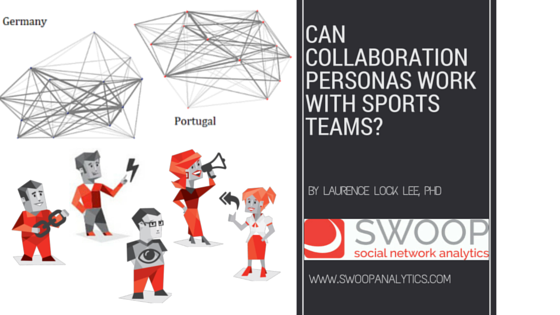
Can Collaboration Personas work with Sports Teams?
Professional sport these days is rife with in-depth analyses and statistics on player and team performance. Players are now often equipped with wearable devices to monitor their health and fitness by the minute. Increased betting on sport has added a whole new dimension to the desire for predictive analytics and anything that might assist the punters in predicting the result of a game.
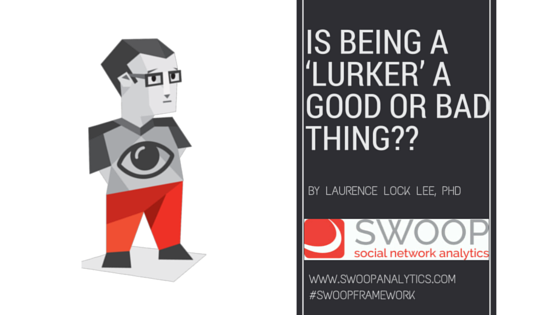
Is Being a ‘Lurker’ a Good or Bad Thing?
Lurkers are often painted in a negative context, as those that take but don’t give back. Sometimes, however, communities are designed for lurkers/observers e.g. Technical Support Forums. But even in this context one could argue that a lurker benefiting from some expert advice might still add value by acknowledging an expert contribution. So how should lurkers/observers be viewed?
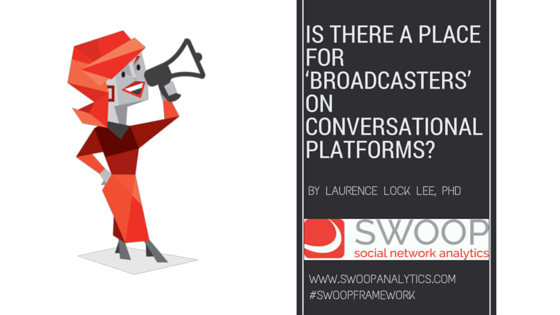
Is There a Place for ‘Broadcasters’ on Conversational Platforms? SWOOP: Broadcaster Persona
This post continues the series the deeper dives into the specific measures included in the SWOOP Collaboration Framework #swoopframework. The ‘Broadcaster’ behavioural persona; is the fourth collaboration persona with the ‘Engager’, ‘Catalyst’ and ‘Responder’ personas.

Can You Squeeze Real Value from Artificial Intelligence?
It’s 1985 and I’m at UCLA, attending my very first International Joint Conference on artificial intelligence. As a young researcher tasked with pioneering AI in my corporate research lab, this is an exciting opportunity. We are at the very peak of the AI hype curve.


